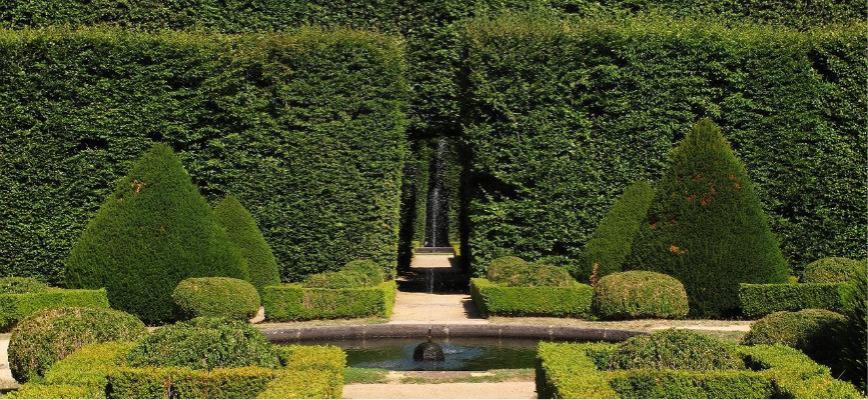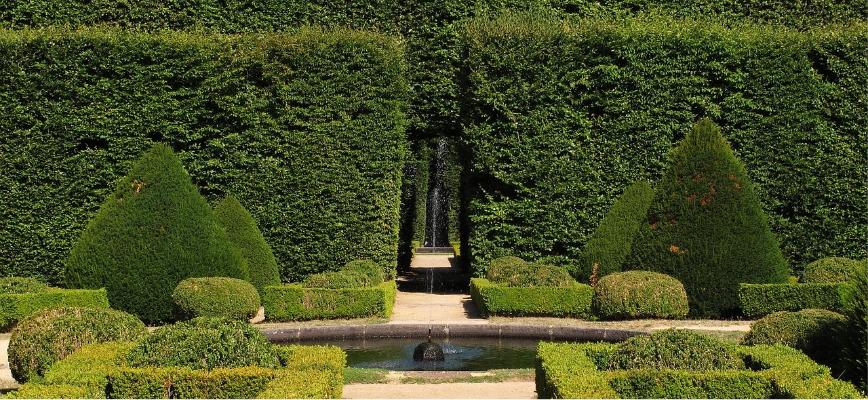Driving through a chocolate box English village after the rustic thatches it is the beautiful boxed hedges and topiary that complete the perfect scene. But this perfect display of quintessential Englishness is not always what it seems. Maintaining garden hedges can be tricky.
The hedges to these picture perfect properties look the part but if not well maintained they can not only begin to look unsightly but can also cause problems with neighbours and passers by. So just why is it you should prune your hedges, when should you do it, and what do you need to get the job done?
Why Prune Hedges?
What Tools do you Need?
Hedge Cutters
Shears
Secateurs
Secateurs can also be used for trimming and shaping small hedges. They should be used rather than shears for pruning back individual thick branches as well as more intricate pruning tasks.
Ownership of one of each of these tools will enable you to produce perfectly groomed hedges and topiary.
When Should You Prune Hedges
Formal Hedges
Informal Hedges
An informal hedge is a row of a variety of shrubs planted at a distance that still allows the full outline of each plant to be seen. They often include many flower shrubs which add colour to the garden as well as a home for wildlife. This style of hedge takes much less maintenance than that for a formal hedge which means they have a much more rustic look about them too.
Now that you have established if you hedge is formal or informal you can workout when to trim it.
Formal, evergreen hedges like to be trimmed whilst they are in their active growth stages approximately two to three times per year. It is essential to trim some of the fast growing conifers, such as Leylandii, even more regularly than that or you could end up with a tall hedge dispute on your hands or loss of shade if they outgrow their location.
The maintenance of informal hedges is dependant on when they flower with some needing to be pruned in the spring and others when the flower blooms have faded. Refer to specific shrub information to get the best from your informal shrub rows and hedges.
Aftercare
To keep your hedges in tip-top condition once they have been cut into the desired shape apply mulch and water regularly.
If you any of your hedge plants get struck by disease it is possible to try and save it with careful pruning. If this doesn’t work and the plant dies replace it in the autumn months.
For you flowering, informal hedges keep them looking tidy and fresh by removing any old branches and deadheading. Keep them pruned to keep any growth within the desired boundaries.
We hope that you have found our tips for maintaining garden hedges informative. If, however, we have left something out or you have a tip you would like to share please let us know in the comments.
If maintaining hedges all seems too stressful there is a simple solution. Simply employ a local builder to erect a stylish card wall (just a thought!).


